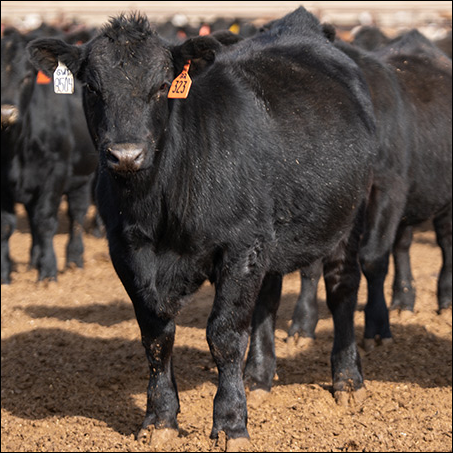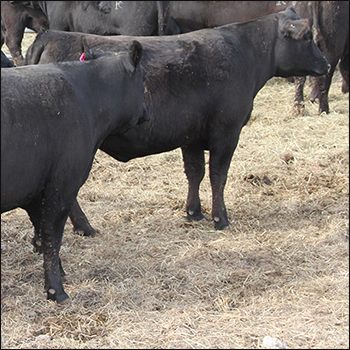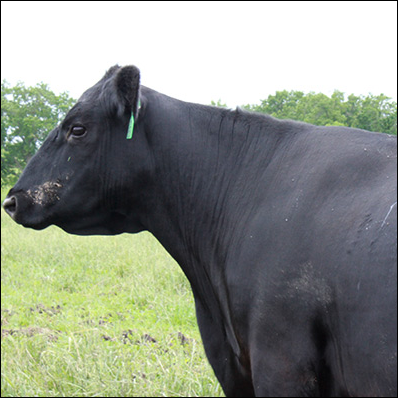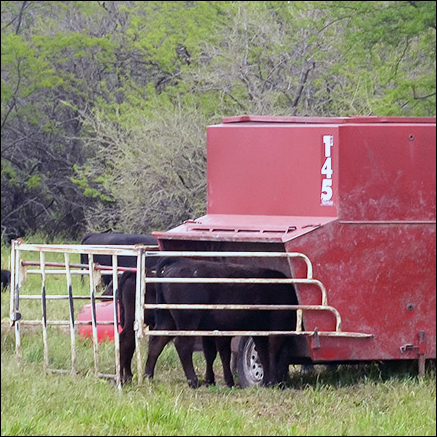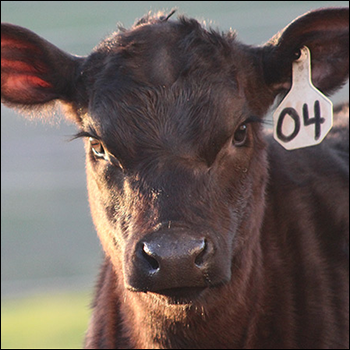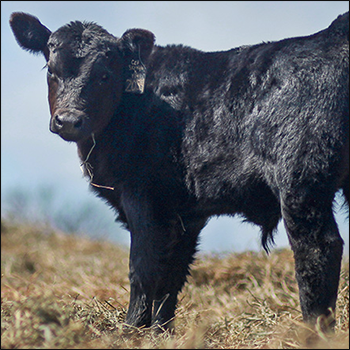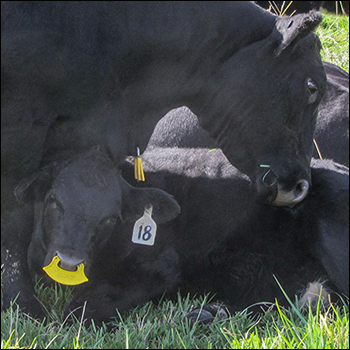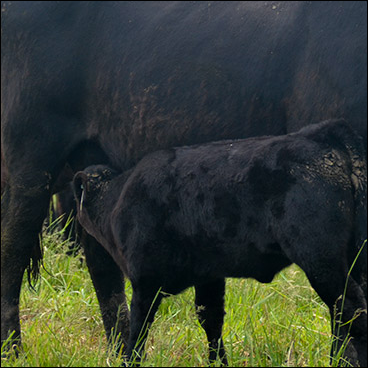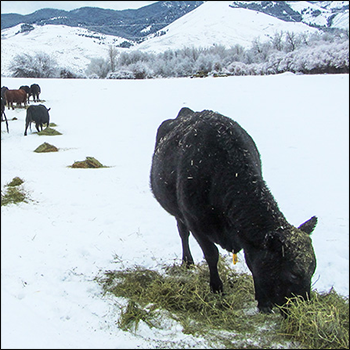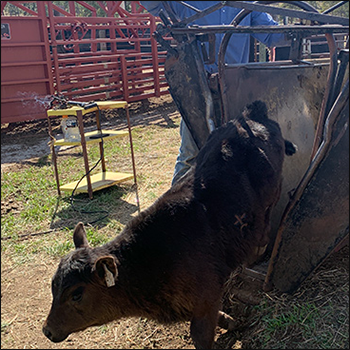
Early Weaning: Benefits and Drawbacks
Research project reveals benefits to supplementing the pair rather than weaning early.
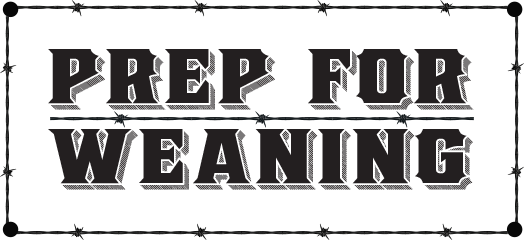
Weaning age often varies due to environmental conditions, calf prices, feed prices, available feed, goals for the calves, goals for the cows, etc.
When producers are short on grass, one option is to pen cows off pasture and feed something else, said Terry Klopfenstein, former professor emeritus at the University of Nebraska. “We did a study several years ago to evaluate this option and also look at what point in time would be most economical to wean.”
Researchers and stockmen traditionally thought it was inefficient to feed cows to produce milk for their calves when forage was low in quality or in short supply.
“We thought it more economical to wean the calf, put him in the feedlot and put the cow back out on low-quality forage — rather than give her supplemental feed to produce milk and wean the calf later when he’s bigger,” he said. “Lactating cows require more energy and nutrients; whereas, dry cows can get by on what we considered cheaper feed — low-quality pasture — with a little protein supplement.”
The calf is very efficient at digesting grain and concentrates when weaned early, but it needs very high-quality feed with a high protein level because it is growing fast. Another consideration is that the cow is converting lower-quality forage into milk, which is the highest-quality, perfect food for that calf. It may be beneficial to leave the calf on the cow and feed both of them, he said.
One of the challenges in weighing options is that any research comparing them is difficult because it is hard to know how much the grazing animal is actually eating.
“When we started our project, we put cows in a drylot year-round. After two years, we knew exactly what and how much they were eating. We wanted to determine whether it was more efficient to wean calves and feed them separate or keep them with the cows and feed them together,” Klopfenstein said.
In his study, he used a high-quality diet that could be eaten by both cow and calf. In past research, people have fed the cow hay or pasture, putting the calf in the feedlot on grain. However, it’s hard to determine the energy value of both of the different diets, said Klopfenstein. By feeding them both the same diet, he didn’t have to compare energy values of different kinds of feed, just the amount.
The dry cows — with calves weaned early — were fed about half of what they would normally need if lactating. One group of calves was weaned at 90 days of age and fed that same high-energy diet. The other group — left on the cows with cow and calf eating the same diet together — was weaned at 205 days of age.
“We fed these groups the same amount of feed. The calf that was early-weaned could eat as much as it wanted, and the cow was limited. We added those two amounts of feed together and that was how much we fed the pairs that were still together,” he explained.
The only difference for the unweaned calf was that it had the benefit of mother’s milk along with the high-quality diet shared with the cow. Those calves got the same amount of feed as the cow and calf that had been separated.
“The calves from each group weighed about the same at 205 days, whether they were early-weaned or not. The early-weaned dry cows were slightly heavier, even on the limited amount of feed, because they weren’t lactating, but it didn’t make much difference for the cows or calves,” he said.
“It’s just about as efficient to feed the calf through the cow as to feed them separately. Also, you have the advantage of milk for that calf. Milk is efficiently used by the calf, going directly into the ‘true’ stomach and bypassing the rumen — not altered by rumen bacteria,” he explained.
Milk is the perfect food for young animals. Even just a little milk for the older calf has a beneficial effect on growth and development. Using the money that would have purchased expensive high-quality feed for the weaned calf to buy feed for both the cow and calf might be the best situation, especially if you are keeping the heifer calves for replacements.
Ranchers who leave calves on their mothers through their first winter, weaning in early spring, say those calves perform better as adults, with a more efficient rumen. They become better at utilizing forages than calves weaned early and fed a concentrate ration. They seemed better programmed to be feed-efficient for the rest of their life.
Editor’s note: Heather Smith Thomas is a freelance writer and a cattlewoman from Salmon, Idaho. A long time resource for the beef industry, Terry Klopfenstein died April 30. Lead photo by Anna King, 2020 NJAA/Angus Journal Photo Contest.

